Over the years, man has mastered the art of survival and increasing his chances for the sustenance of his race by consistently evolving. From hunting with stones, then to sticks, iron as well as the use of steel. He also came up with a fascinating way to make his game edible from roasting to cooking, and later more advanced techniques such as grilling, and frying, among other methods. But more interestingly is the fact that he has found the right way to blend a host of different substances to get a great meal as well as a delightful taste that wouldn’t have been possible with each item in isolation.
One of such tricks that man has come to love and understand is the use of certain herbs in different proportions to give meals a special taste and flavor. But beyond the aroma and flavor that herbs give to meals, it can be used for different purposes. In medicine, it can be used to make drugs, used for aromatherapy. However, for the purpose of this article, we will be focusing on the use of herbs for their culinary purpose. We would be highlighting a couple of herbs that are great for cooking.
Basil
Basil is one of the most commonly used herbs in cooking as well as one of the oldest. Beyond being used for cooking. Healthwise, it also has many healing benefits which make it a highly sought after plant. There are different varieties of basil plant among which are curly basil, Thai basil, lemon basil, sweet basil, and lettuce-leaf basil. These varieties have different aromas and flavors which are down to the terpenes. This is the chemical composition of the plant, it’s healing properties are also influenced by these components.
Basil aids digestion as well as prevents inflammation by stabilizing the acid and base in the body and ensures that the body performs optimally. It contains essential oils like linalool, citronellol, and eugenol which has anti-inflammatory properties that help keep the heart healthy and prevents arthritis. It also helps cleanse the underlayers of the skin by taking out germs from the skin pores. For diabetic patients, it helps them slow down the release of sugar into the blood. Basil also helps detoxify the liver which aids the proper functioning. Importantly, it also helps strengthen the gum. It can be used to spice pasta, stew, shrimps, and a lot more.
Thyme
Thyme is undisputedly one of the most used spices in the world and the reason is not far fetched, it gives meals an irresistible appeal thus making a simple meal a delight. The use of thyme is associated with French cuisine, however, the herb’s prominence has taken it all over the globe. It is awesome for spicing chicken, fish, meat, sauce, and much more. There are a number of varieties with French thyme being the most common. Medically, thyme can be used to treat whooping cough, bronchitis, diarrhea, dyspraxia, and urine disinfectant among other things.
Parsley
Parsley seems like one of the very few herbs that might be more popular than thyme, it can be used in almost any dish. The two common varieties are the curly parsley and the flat-leaf parsley. The curly is mostly used after meals are served to add color and make meals more appealing while the flat-leaf also been more heat resistant is used in cooking directly. It can be used in fish, cheese, roasted lamb, steaks, pizzas, smoothies, and vegetables. Oh! Did I add that it is a perfect accomplice with garlic? You should try it. Parsley is rich in vitamins A, C, and K which boosts our immunity, and improves bone and heart health.
Cannabis
Cannabis could be said to be the revelation of recent times in the world of plants as it has been discovered to have many medicinal benefits such as treating chronic pain, Crohn’s disease, palsy, and more. There are different ways that cannabis can be ingested, asides from the obvious which is smoking. It can be vaped, used as an oil, and can be infused into food by cooking with it. It could be used in baking to make cookies, brownies, doughnuts, and more by using cannabutter, which is infusing your butter with cannabis. This makes it natural and the taste is well blended into the meal.
However, one huge question has been lingering on the hearts of cannabis users and that is “how do I get the dosage right?” This is where an edible dosage calculator comes in. The edible dosage calculator helps you know the amount of THC in your servings or the equivalent THC in milligram as well as the effect.
The Edible Dosage Calculator
For new users, the recommended dosage is 5 mg. At this phase, it helps reduce pain and improves focus. The next dosage is 5 – 15 mg this helps with strong pain, gives a feeling of euphoria, and could impair coordination slightly. This recommendation is ideal for standard users. 30 – 50 mg is recommended for medical cannabis patients who have G.I tract issues or individuals with high tolerance. The last dosage level is 50 – 100 mg for medical cannabis patients who use it in treating cancer, Crohn’s disease, Cerebral palsy, and other illnesses. And at this phase, the effects include lose of coordination, perception, and increased heartbeat. This translates that for a new user who buys 100 mg of cannabis to bake, and you need 10 mg you will take a tenth of your final snack. And since edibles take longer than smoking to take effect it is best you wait some 8 hours before taking another piece.
YUMMY RECIPES
To Your Inbox




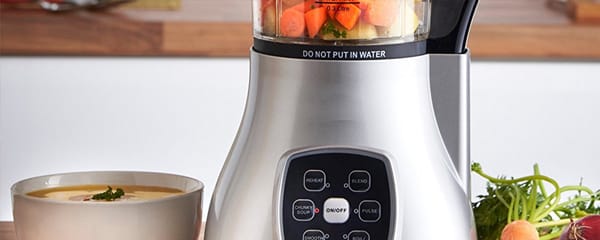
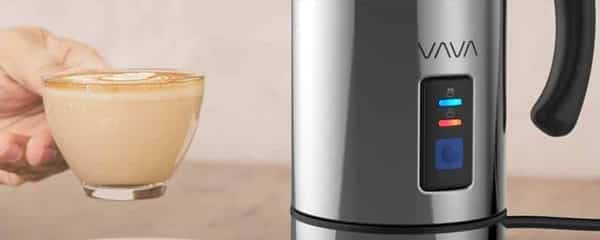
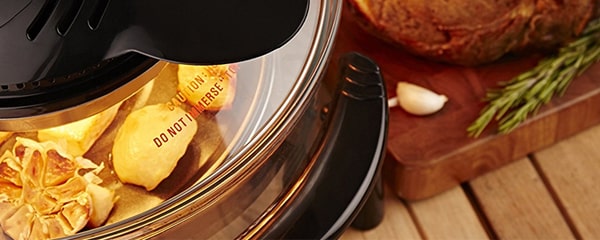
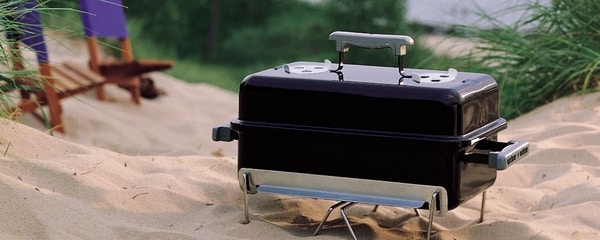
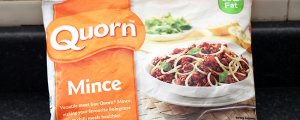

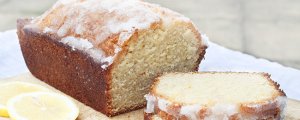
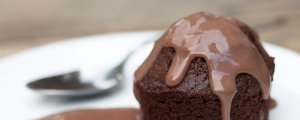



Leave a Reply